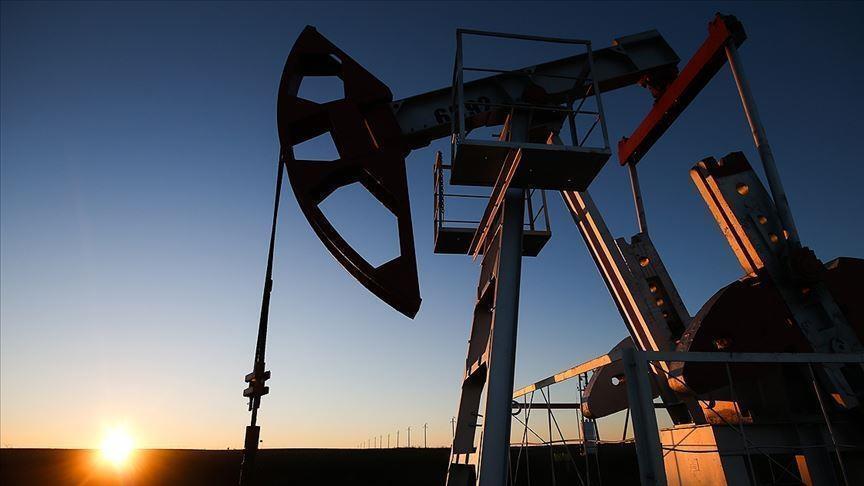The US Energy Information Administration (EIA) revised up the price of Brent crude for this year and next, citing an expected decline in global oil inventories.
In its Short-Term Energy Outlook (STEO) released on Wednesday, the EIA forecast that Brent will reach $84.09 per barrel and the American West Texas Intermediate (WTI) will hit $79.59 per barrel. These figures were $82.62 and $77.79, respectively, in the previous month's report.
For next year, the agency expects Brent crude to average $94.91 per barrel and WTI to average $90.91 per barrel.
Global oil inventories are expected to fall by 200,000 barrels per day (bpd) in the second half of 2023, as Saudi Arabia's decision to prolong its voluntary 1 million bpd production cut through the end of this year and reduced production targets among OPEC+ countries will keep global oil production below global oil consumption, which, the agency said, will put upward pressure on crude oil prices.
The EIA projected that the OPEC+ agreement will have lowered crude oil production by 1.4 million bpd in 2023, partly offsetting production growth of 2.7 million bpd by non-OPEC+ producers.
The agency also forecasts that OPEC+ crude oil production will fall by an additional 300,000 bpd on average in 2024, as some extension of voluntary production cuts from Saudi Arabia into 2024 and overall production from OPEC+ countries are expected to remain below targets.
-US crude oil production increases
Crude oil output in the US is predicted to reach an average of 12.92 million bpd this year, up from 11.91 million bpd last year. Next year, crude oil output in the country is expected to reach 13.12 million bpd.
In OPEC countries, liquid fuel production is predicted to increase from 34.17 million bpd in 2022 to 33.30 million bpd in 2023 and 33.19 million bpd in 2024.
Global production, likewise, is expected to rise from 99.95 million bpd in 2022 to 101.26 million bpd in 2023 and 102.19 million bpd next year.
Production in non-OPEC countries will contribute to supply growth by 2.2 million bpd in 2023, more than offsetting the decline in OPEC output. Key drivers of non-OPEC production growth will be Guyana and Brazil, the US and Canada.
Production from non-OPEC countries will rise by 2.18 million bpd from 2022 to average 67.96 million bpd in 2023 and 69.01 million bpd next year.
World liquid fuel consumption, meanwhile, is anticipated to increase from an average of 99.16 million bpd in 2022 to 100.92 million bpd in 2023 and 102.24 million bpd in 2024.
Oil consumption in non-OECD countries is forecast to stand at 55.20 million bpd this year and 56.57 million bpd next year.
In OECD countries, consumption is forecast at 45.72 million bpd this year and 45.66 million bpd next year.
By Basak Erkalan
Anadolu Agency
energy@aa.com.tr


